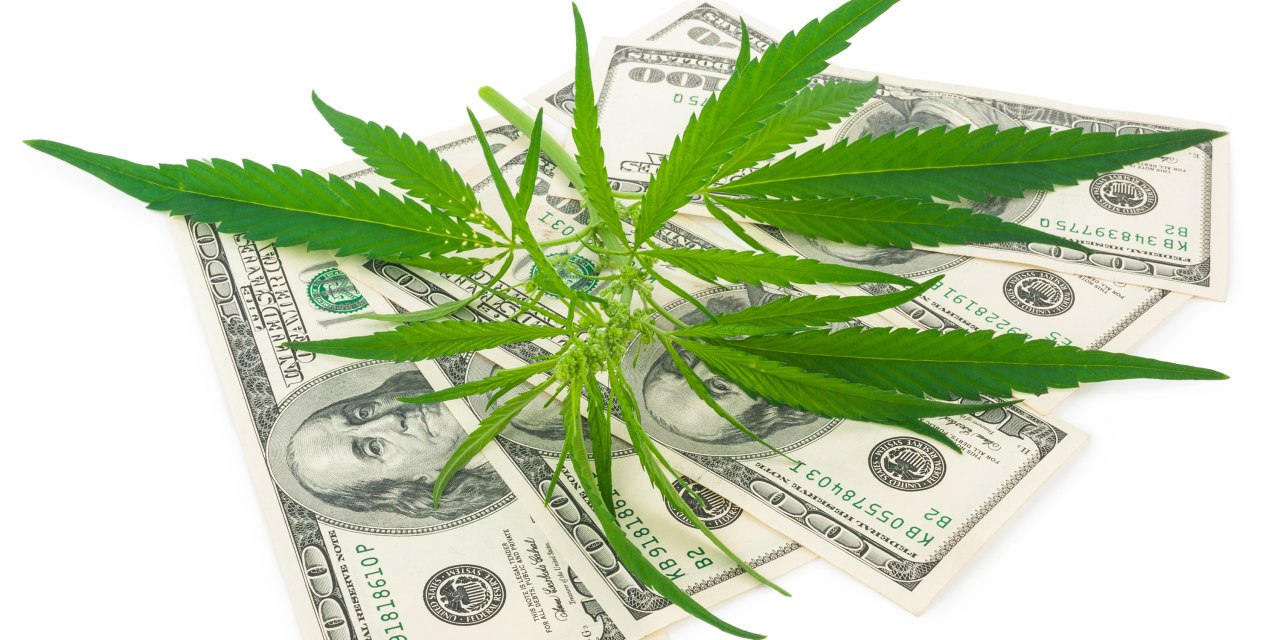You may have read about a proposed change in marijuana’s status, from Schedule I controlled substance– that’s the most restrictive class– to the less restricted Schedule III.
In practice, that means pot would fall into a group with codeine, ketamine, and anabolic steroids, instead of heroin, LSD, and MDMA.
That seems reasonable. We all know people who use marijuana, and it does appear to have done far less damage to them than, for instance, heroin might have.
Marijuana was assigned to Schedule I during a far different era in America’s ongoing struggle with drug abuse. You can think of it as a mistake overdue for correction.
Cannabis advocates regard rescheduling as a step in the right direction,but one that nonetheless falls far short of their primary goal, which is and always has been removal from the controlled substances list altogether — giving cannabis the status afforded to alcohol and tobacco.
That would open up a world of commercial possibilities. We’d see the emergence of giant, investor-owned cannabis firms offering an array of heavily marketed and branded products, and lobbying hard for its interests in Washington.
That’s in the future. For the present, the proposed change in schedule may not little impact on treatment. Patients in treatment programs have for the most part already demonstrated a willingness to break laws in pursuit of their drugs of choice. After all, that’s what addiction is about — continuing drug use, despite adverse consequences — both actual and potential.
I think what puzzles many clinicians is the lack of attention paid to the many problems that will continue, independent of the drug’s legal status. Those problems are rooted in the drug itself, not in the laws that surround it.
And they appear seem to be on the increase. Just a few examples, courtesy of the University of Michigan School of Medicine.
Things You Didn’t Know about Cannabis
So who benefits most from the proposed change? People who are arrested for simple possession offenses– they may be less likely to wind up in jail. That’s a good thing. Not much recovery emerges from a stint in a cell.
Also, the researchers who have been anxious to explore the potential of cannabis-based products in medicine are eager for the change,. At the moment, solid evidence in favor of cannabis as a medicine is limited to a few conditions. They may be able to identify more.
Still, it’s plain that the biggest beneficiary will be the commercial cannabis industry. They’ll get tax breaks, and improved access to different funding sources. A financial breakthrough.
This piece, from the Vox website, takes a look at that side of the equation.
Marijuana could be classified as a lower-risk drug. Here’s what that means.
As always, stay tuned.













